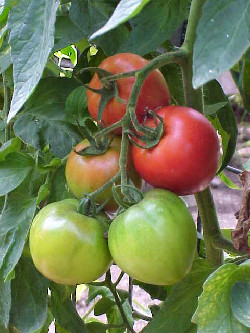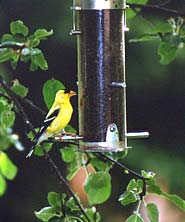Downy Mildew...the new epidemic
- Downy mildew won’t occur until the conditions are perfect. Most people think since they haven’t seen it yet this summer that everything will be fine, however, the cold nights are really what trigger the disease to start taking its toll on plants
- Downy mildew is characterized with leaving only the stalks of the plants left in the bed: flowers and leaves will drop, and most of the time the leaves will be covered in white spores on the underside
- The best thing to do when you identify the disease is to remove ALL
plants from the bed. The most important part of this step is to do it as soon as
you can! The mistake I saw a lot of landscapers make last year was they waited a
week until their crew was back at the house or jobsite to remove the plant
material. There are two very important reasons why you should remove the
material right away:
- There are two types of spores that are produced by Downy Mildew. The oospores are the spores that overwinter in the soil, and can cause Downy Mildew in the bed year after year once they’ve settled in. By removing material right away you are trying to prevent the overwintering of these spores.
- The other type of spores are airborne spores. These airborne spores will die if they do not find another host, and in this case they would have to find another impatiens to infect. The quicker you remove the infected material, the less likely the disease will spread to a neighboring bed.
- Unfortunately there is no data about if throwing infected material into your compost pile will affect the integrity of the compost. Ball has said to just throw the material away in the garbage if you can, that way you don’t have to worry about your compost being compromised.
- Downy mildew of impatiens only infects Impatiens walleriana, the standard impatiens. New Guinea impatiens, impatiens hawkerii are highly tolerant of the disease. No other plants are infected by this pathogen. So choosing a different species of annual in 2013 is a good idea.
- Plasmopara obducens produces tough survival spores called oospores that can overwinter in soil and plant debris. As a result if downy mildew was present in your garden last year, it is likely to show up again in 2013. Downy mildew can also move in on wind blown spores. Although it is not known how far the downy mildew pathogen can travel by wind, a close relative, downy mildew of cucurbits, has been shown to move over 600 miles in 48 hrs.
Labels: annual flowers, downy mildew, gardening, ILT Vignocchi, impatiens, landscape, landscaping




